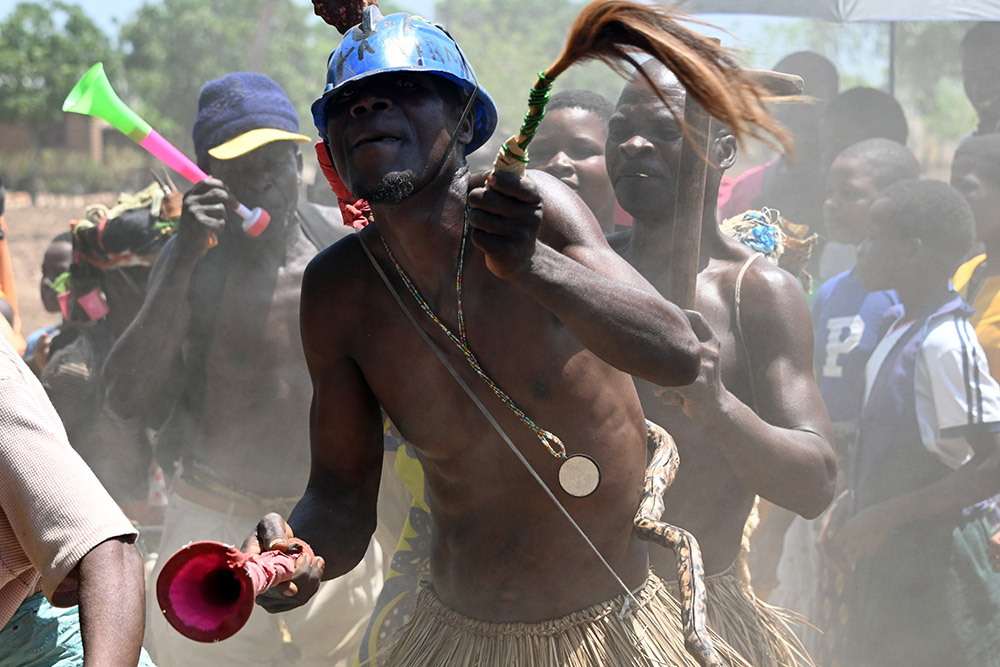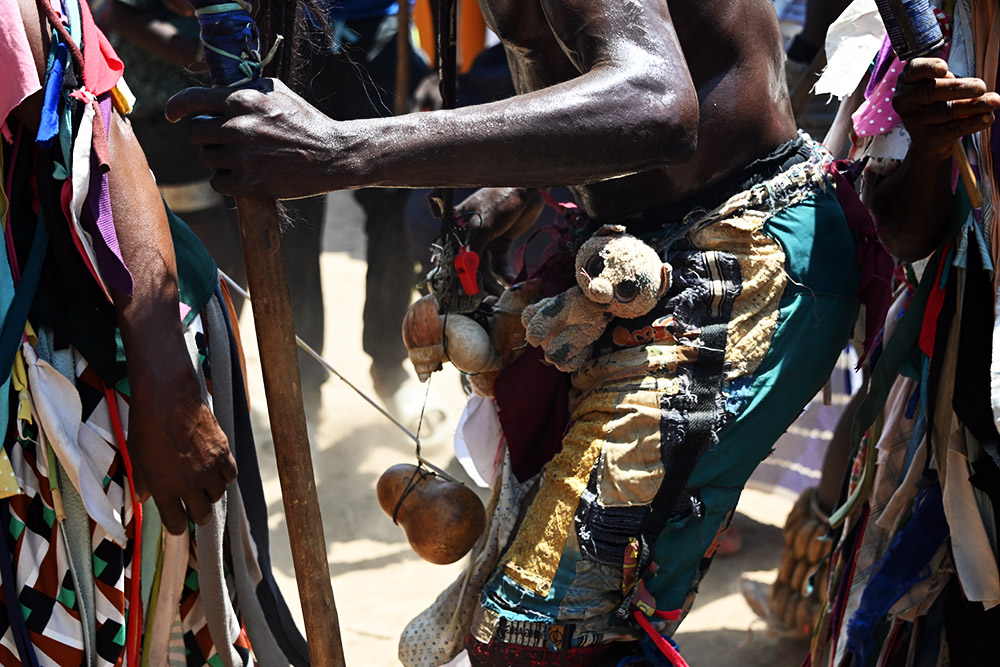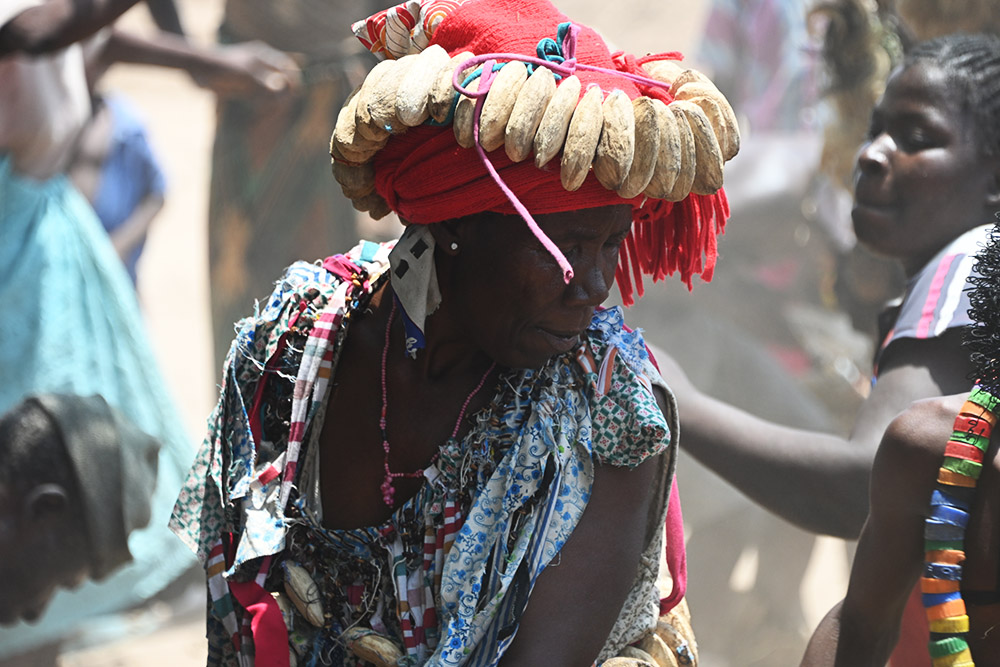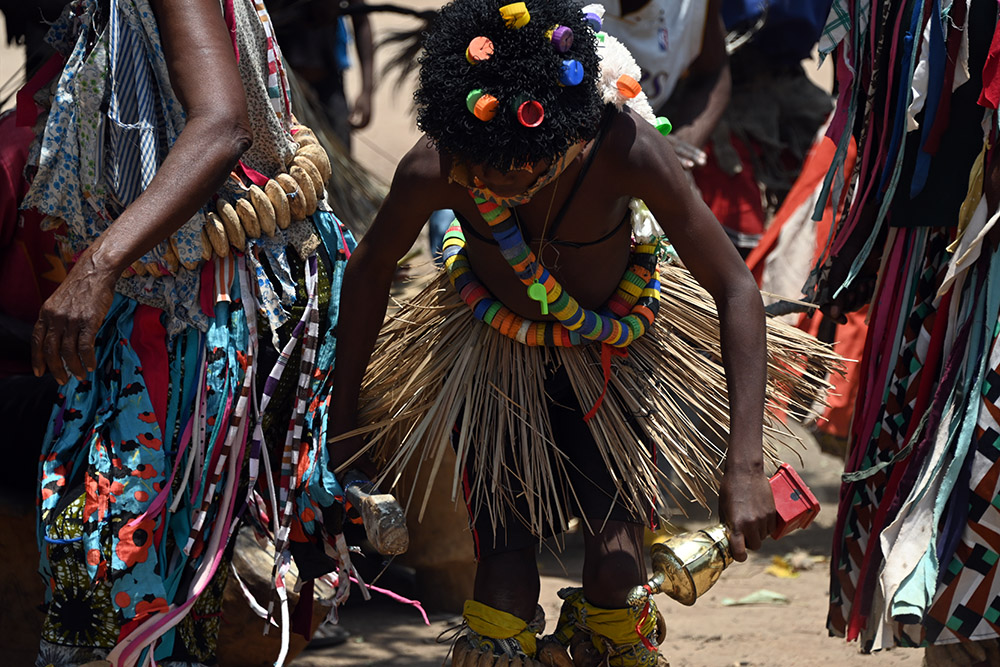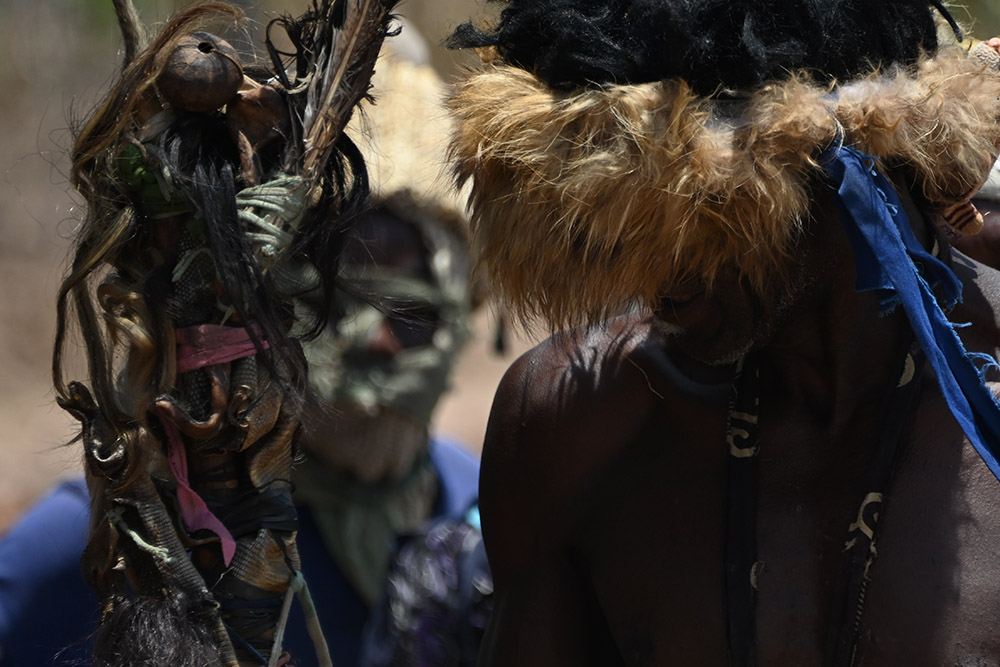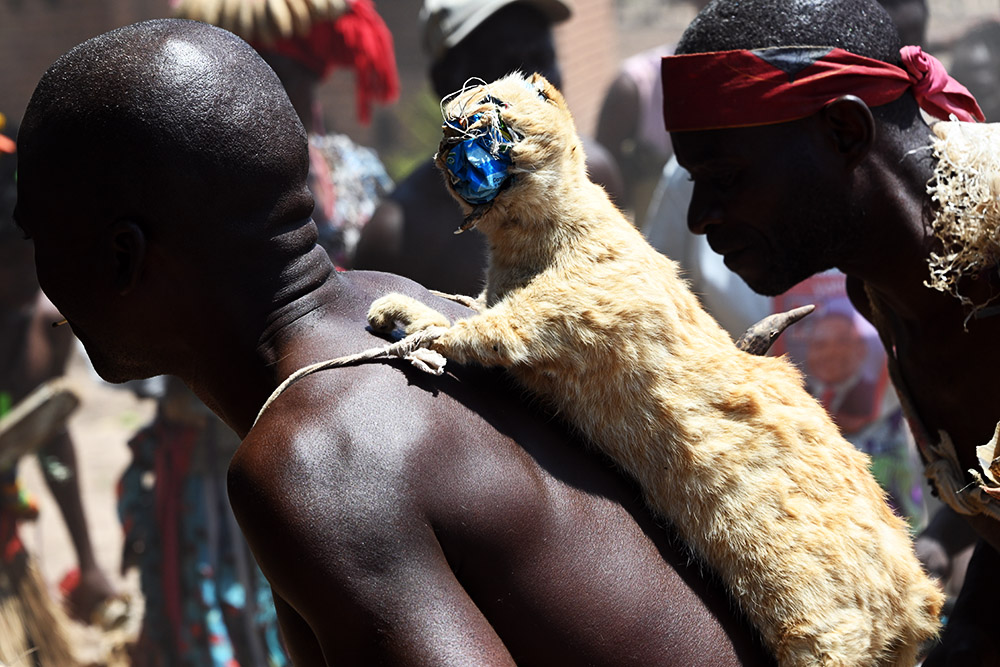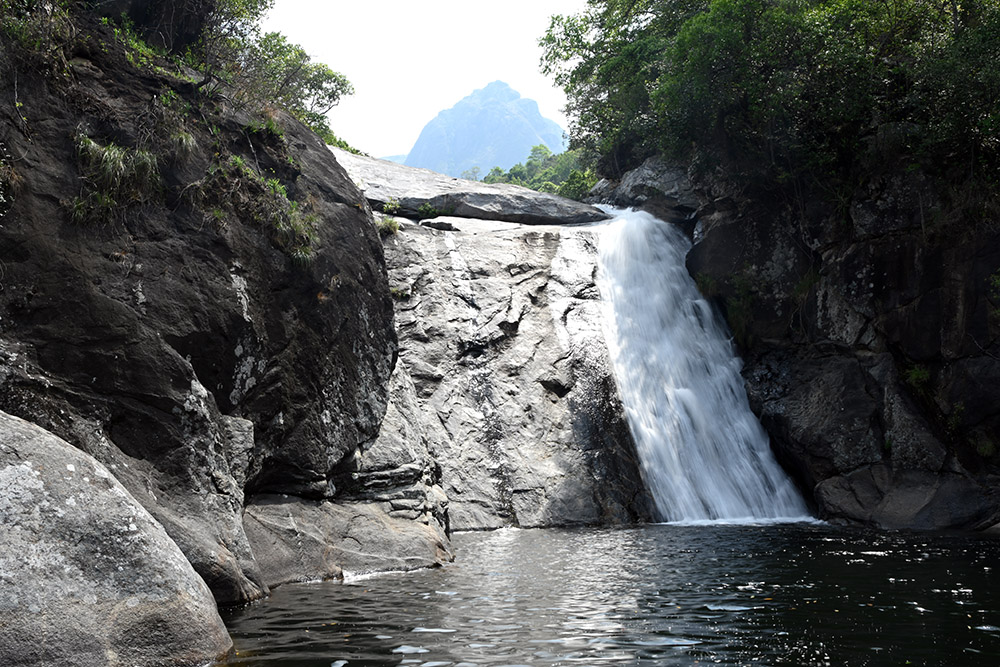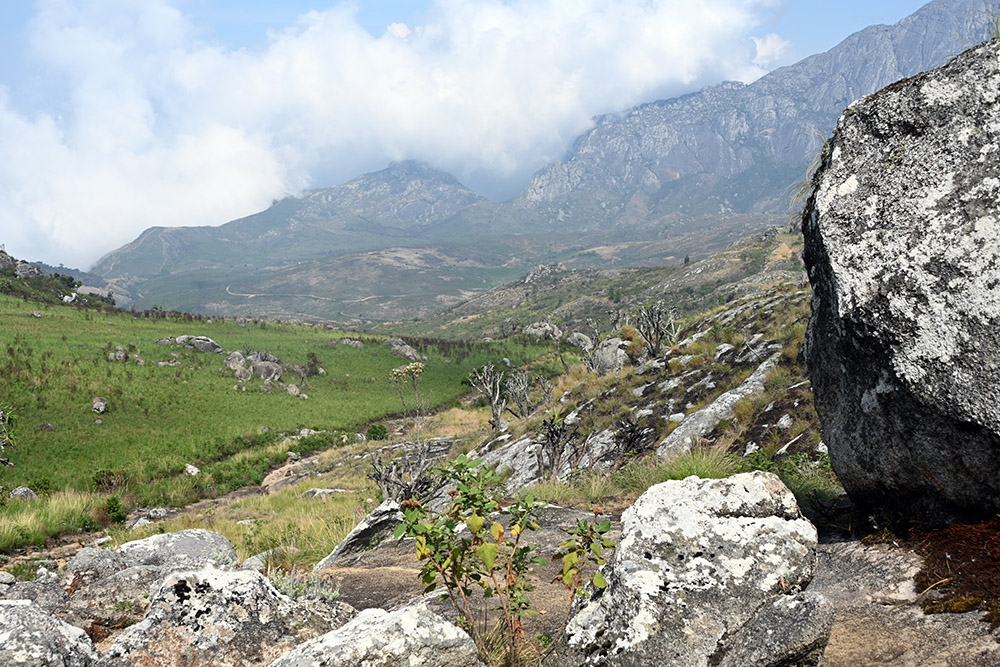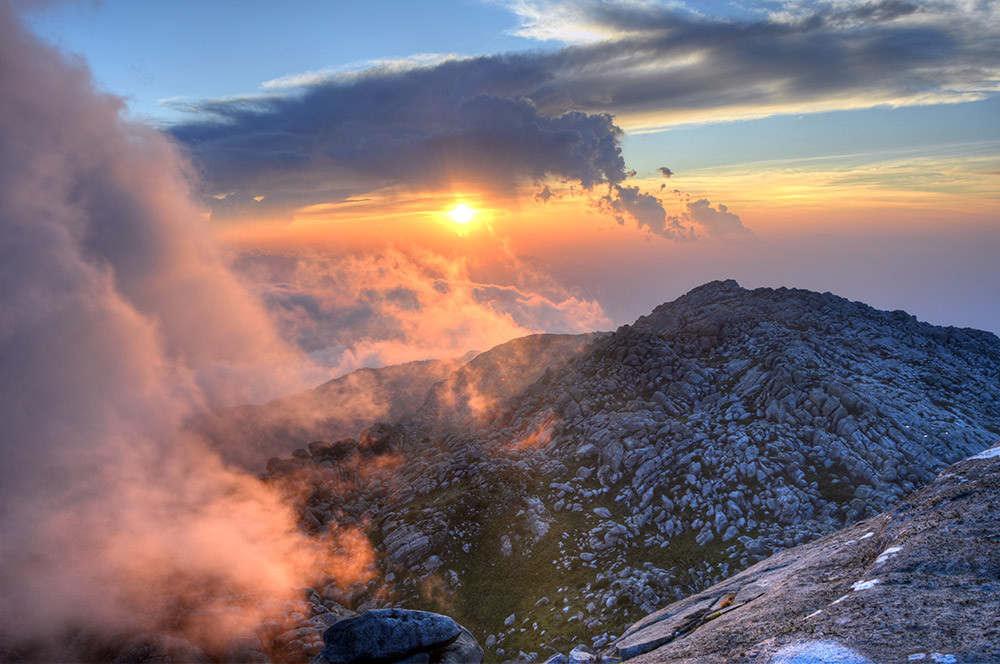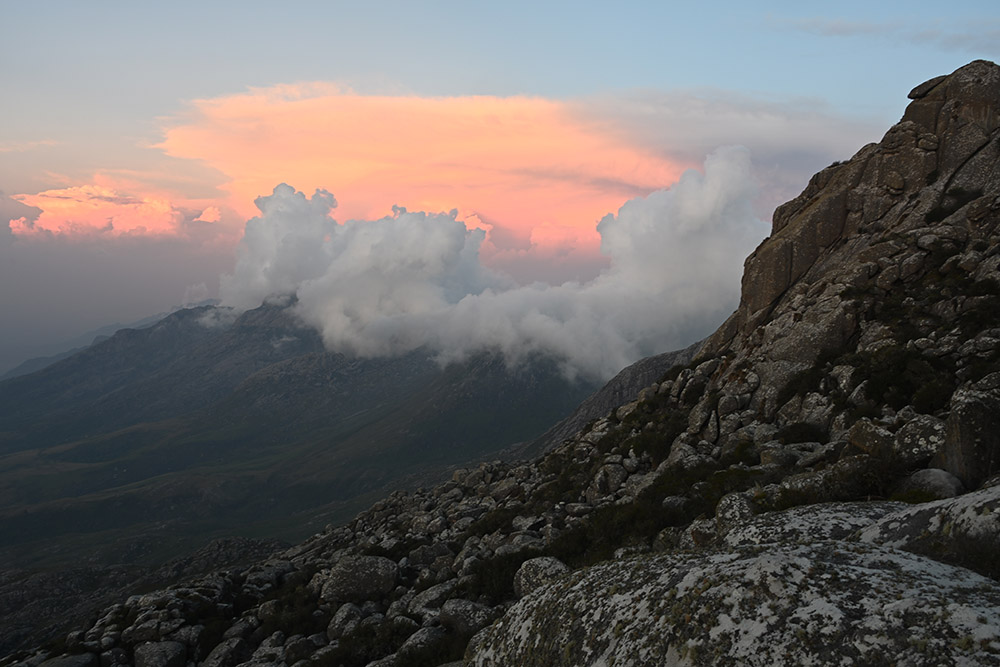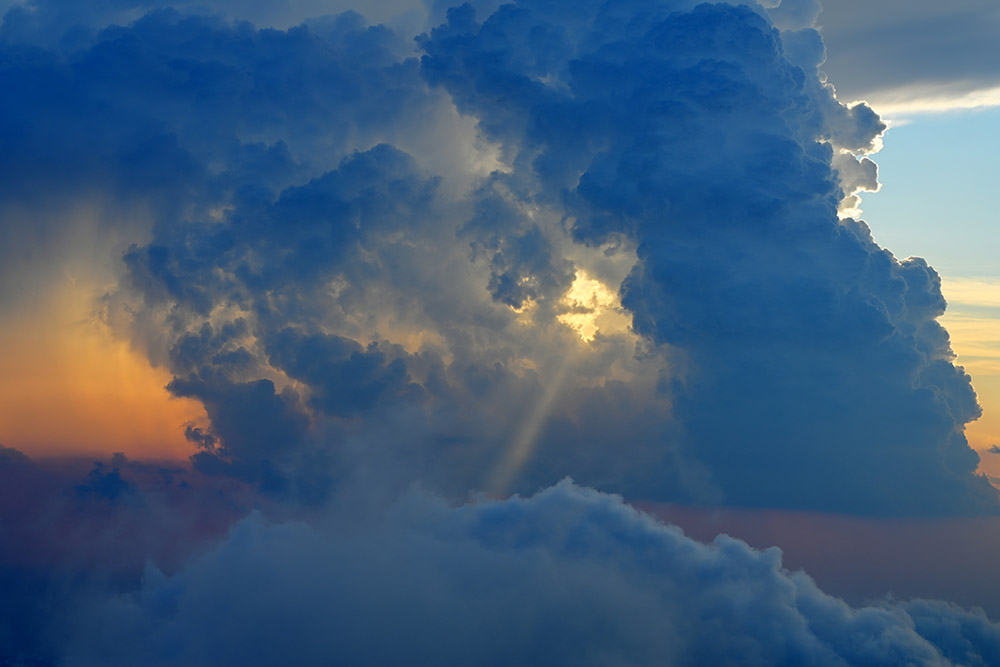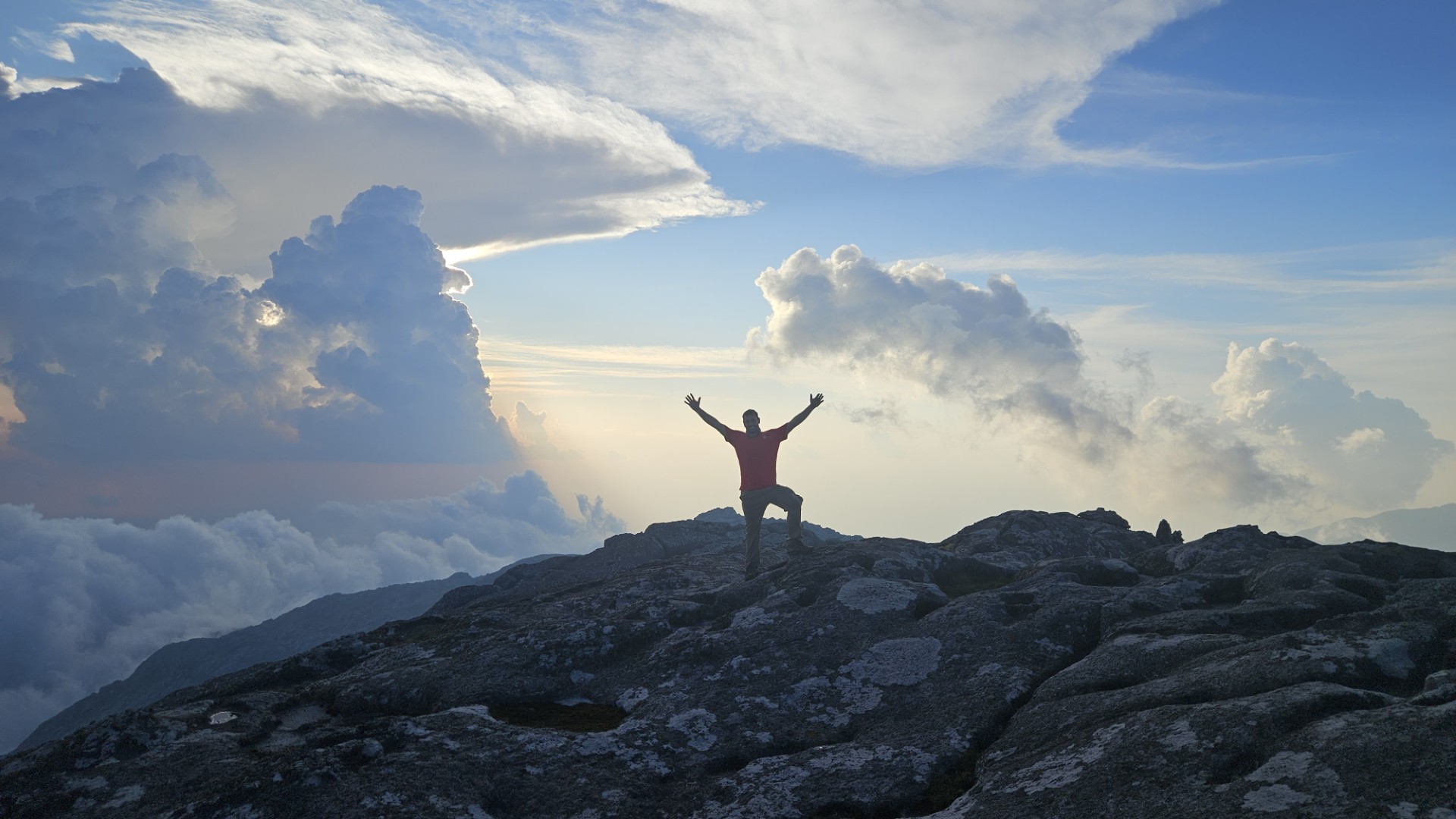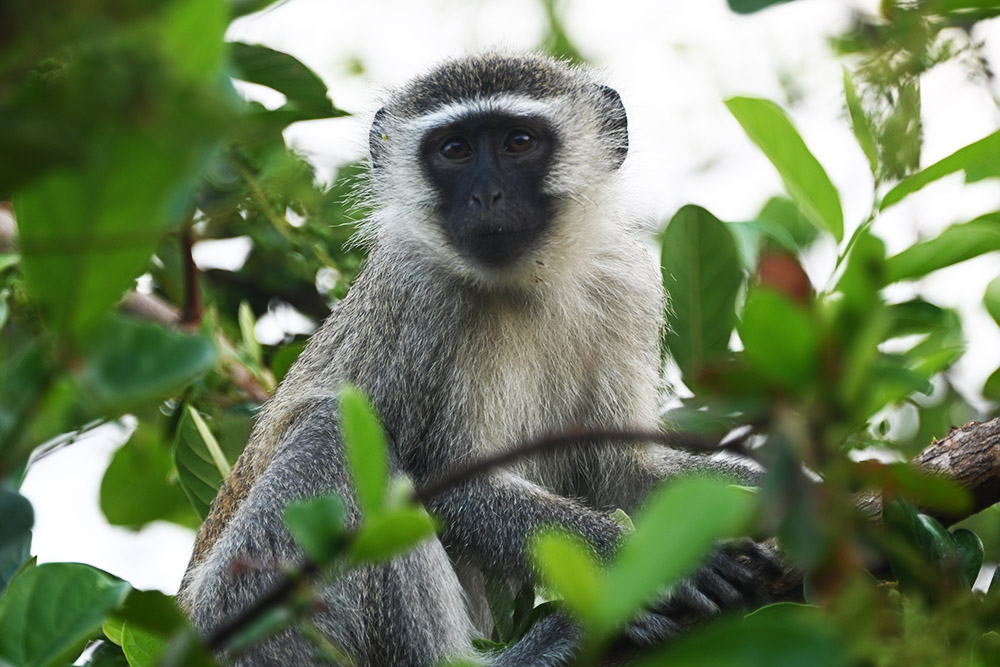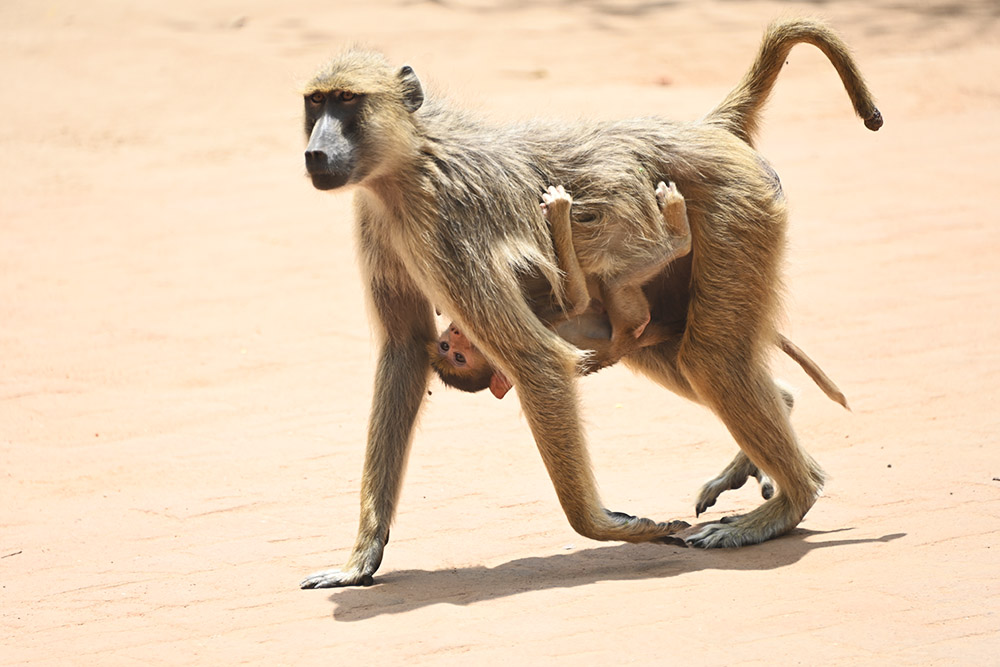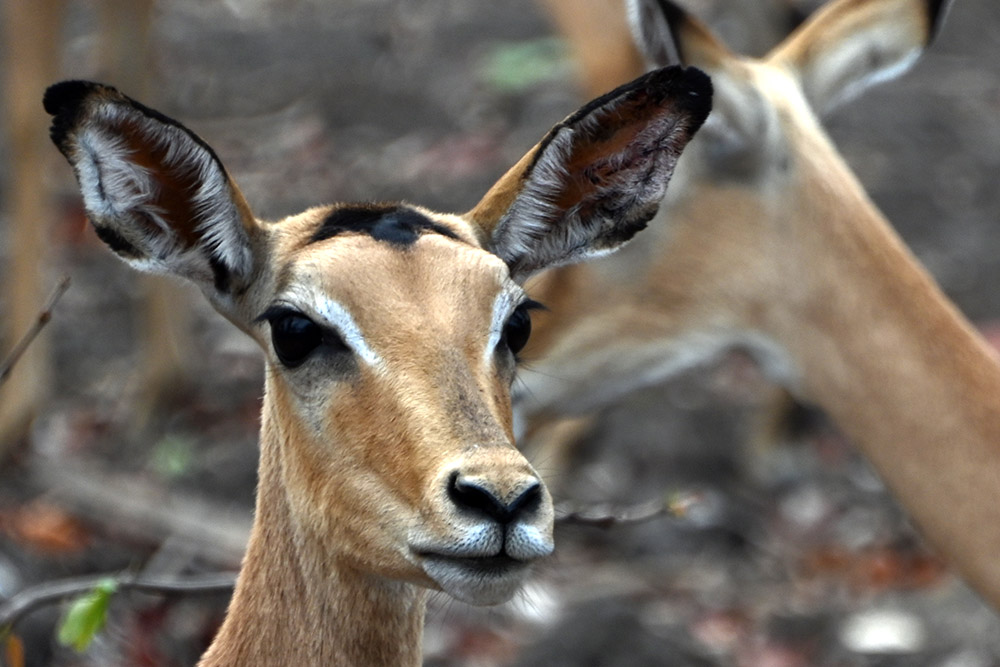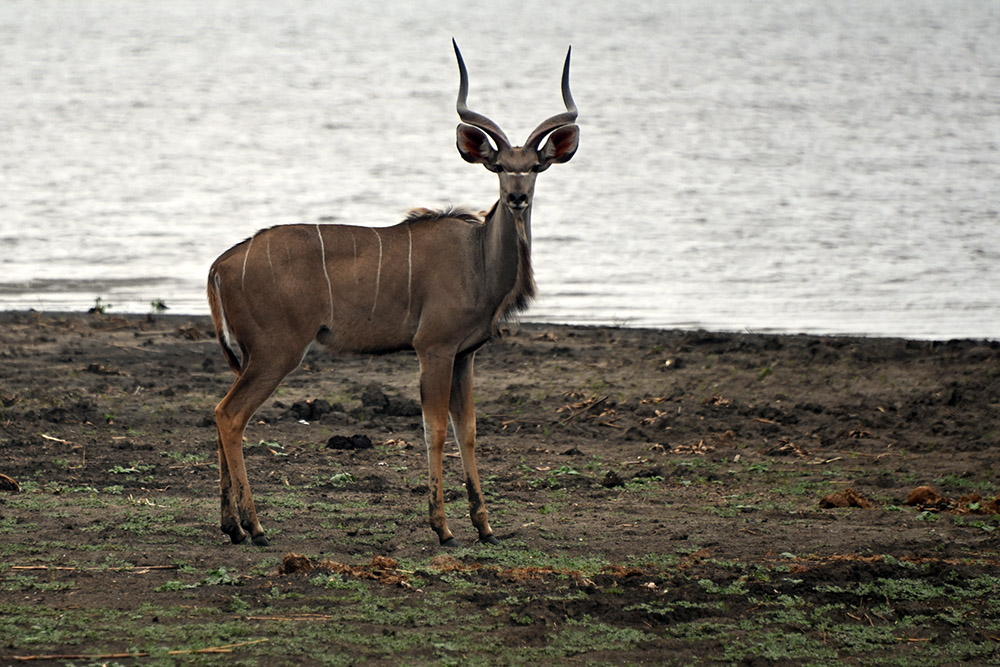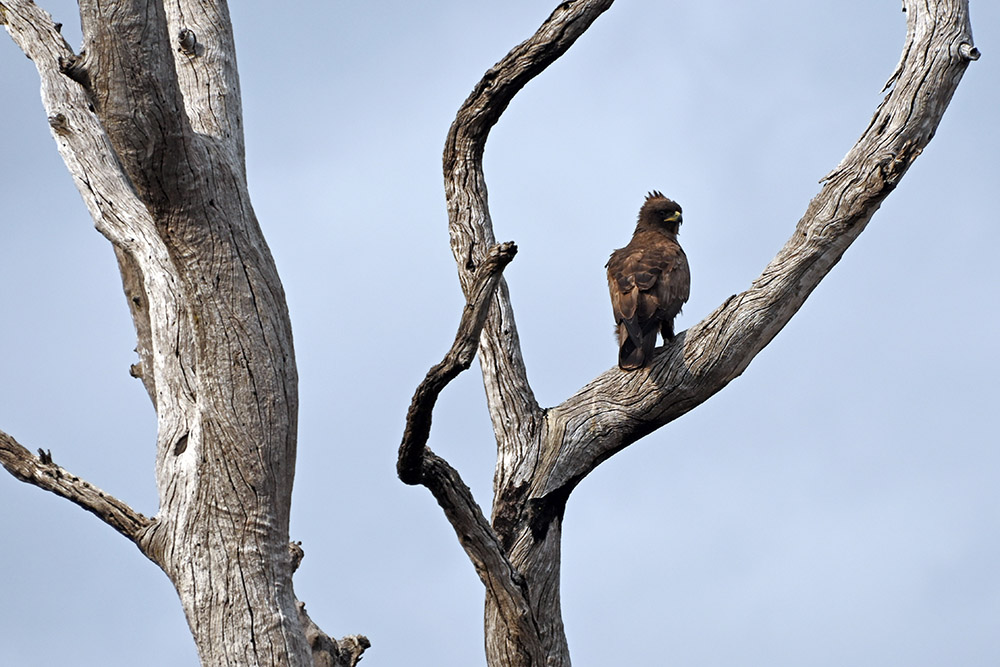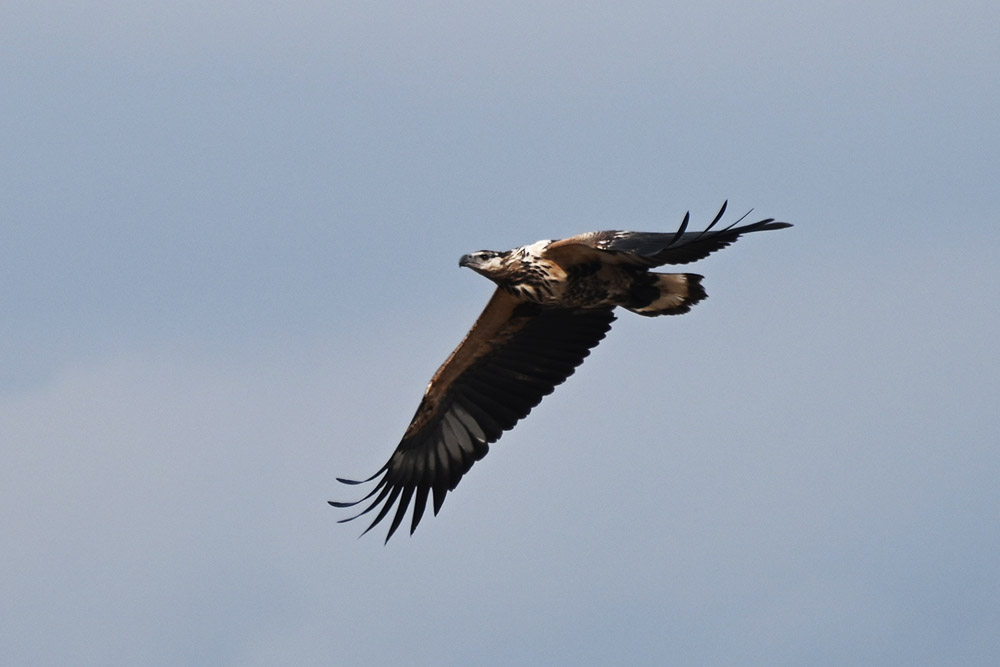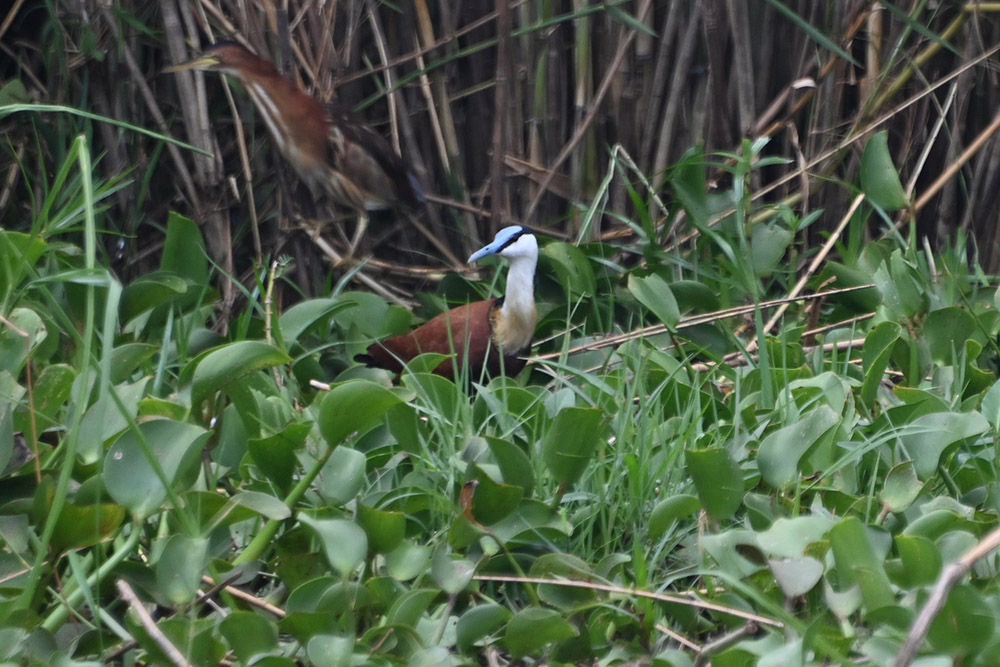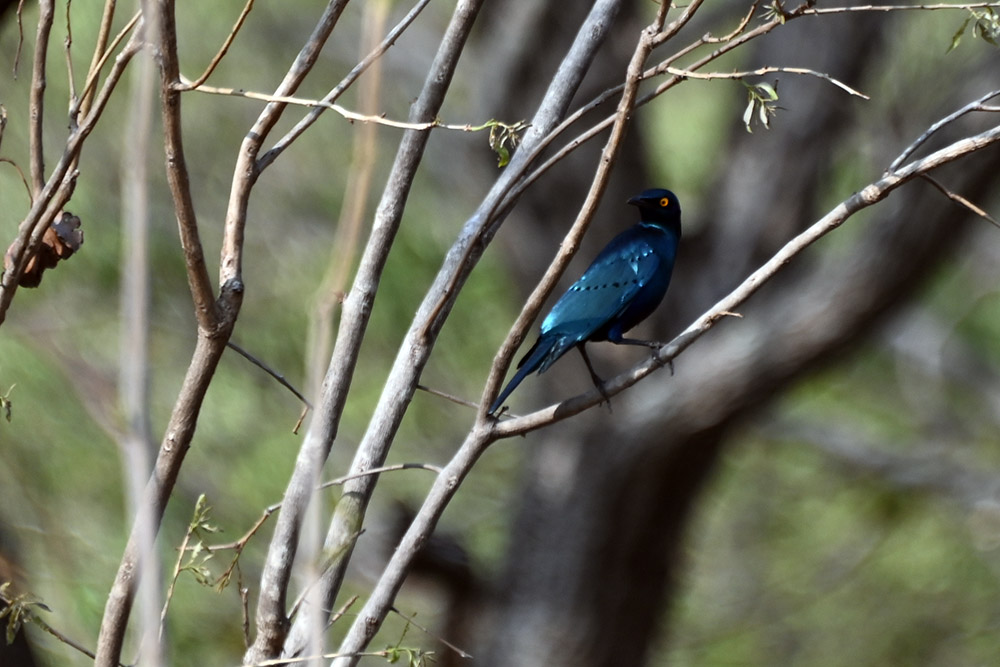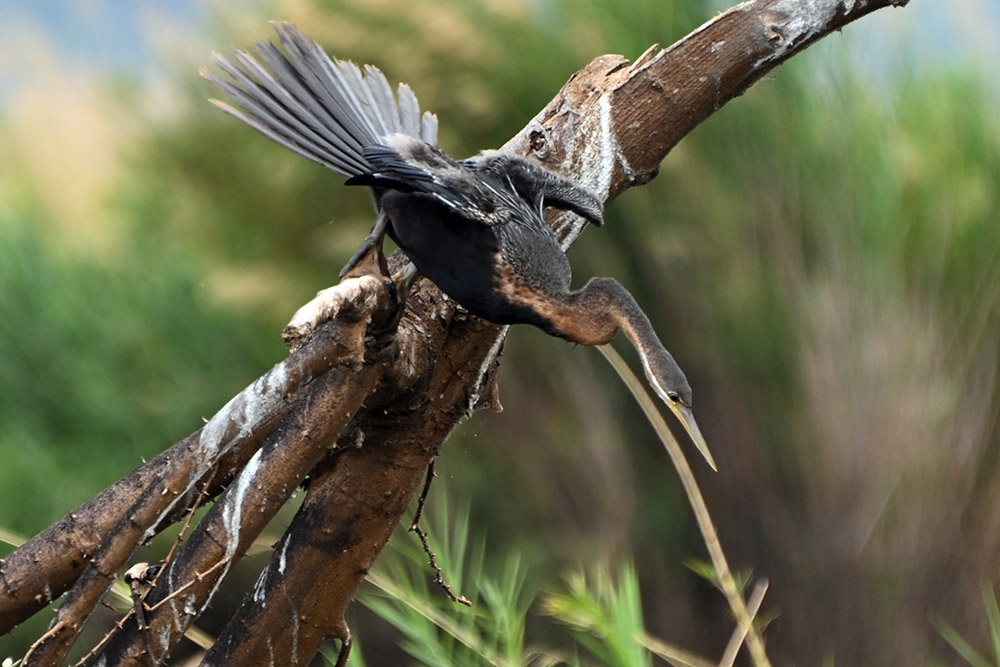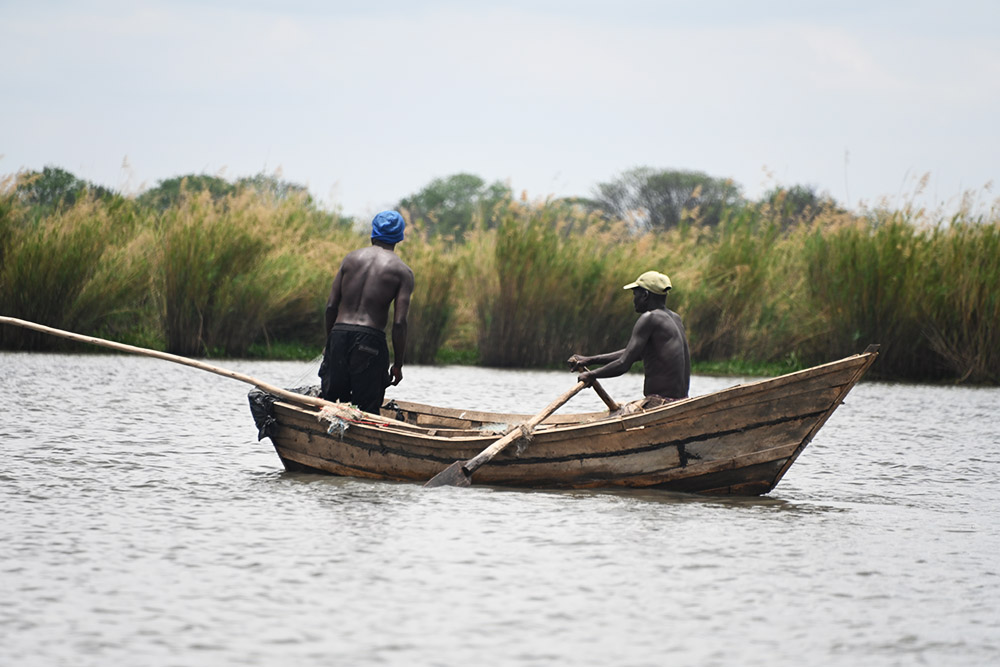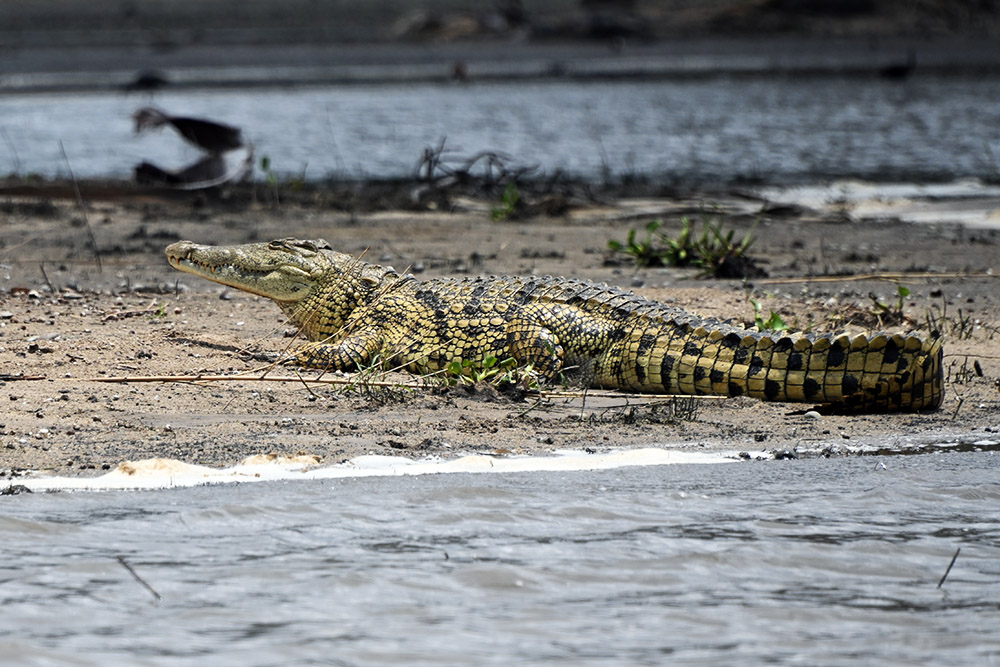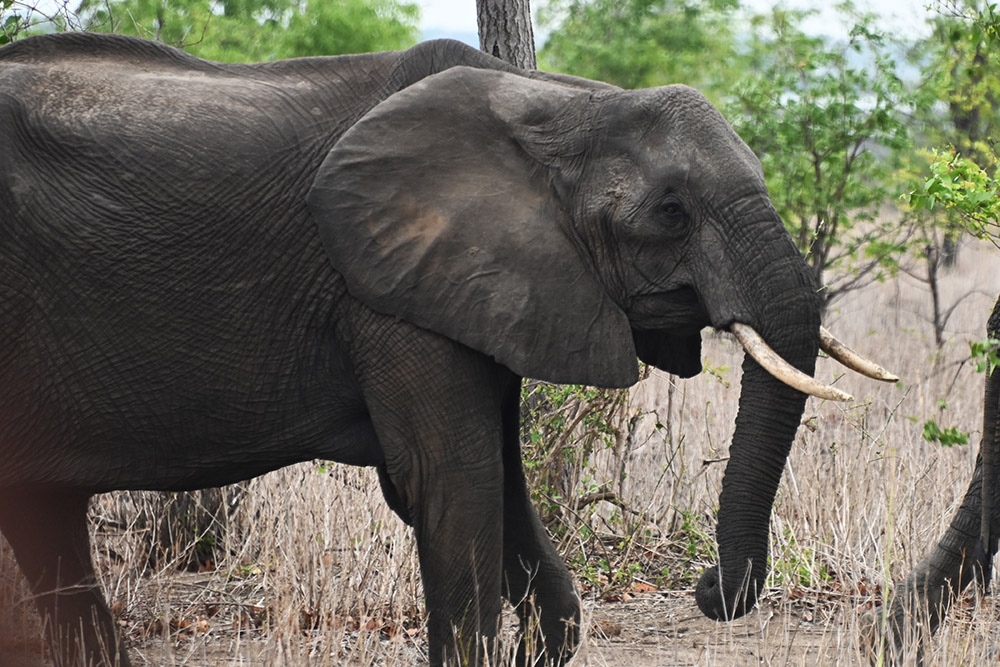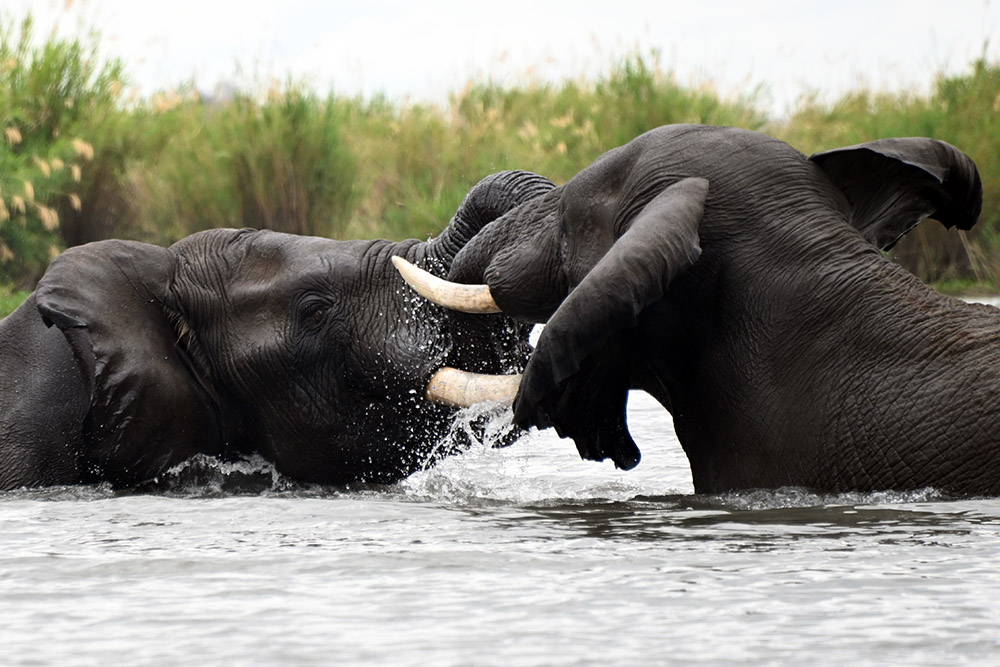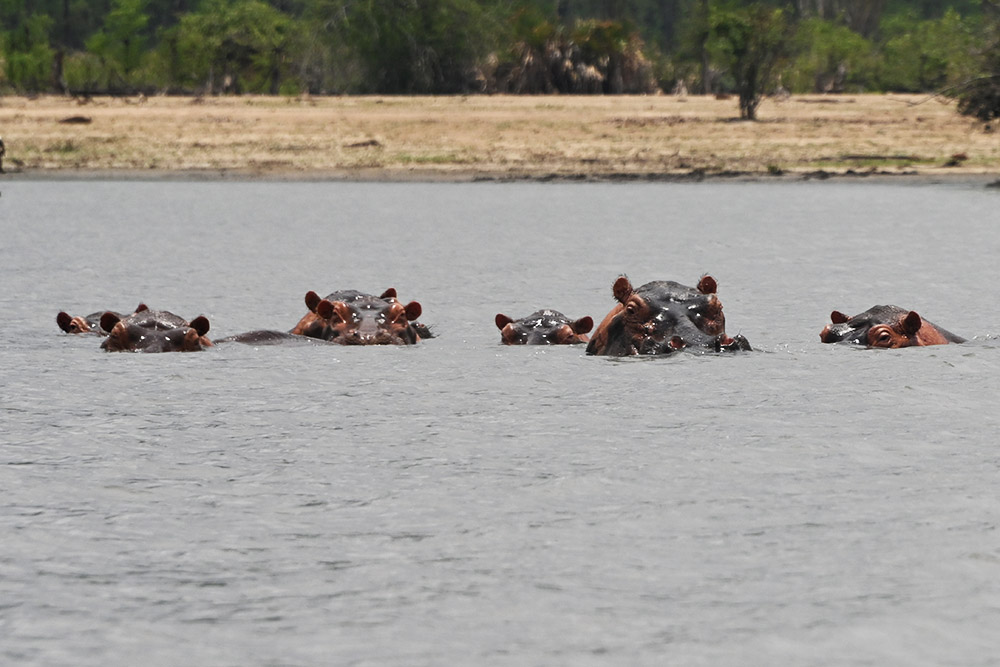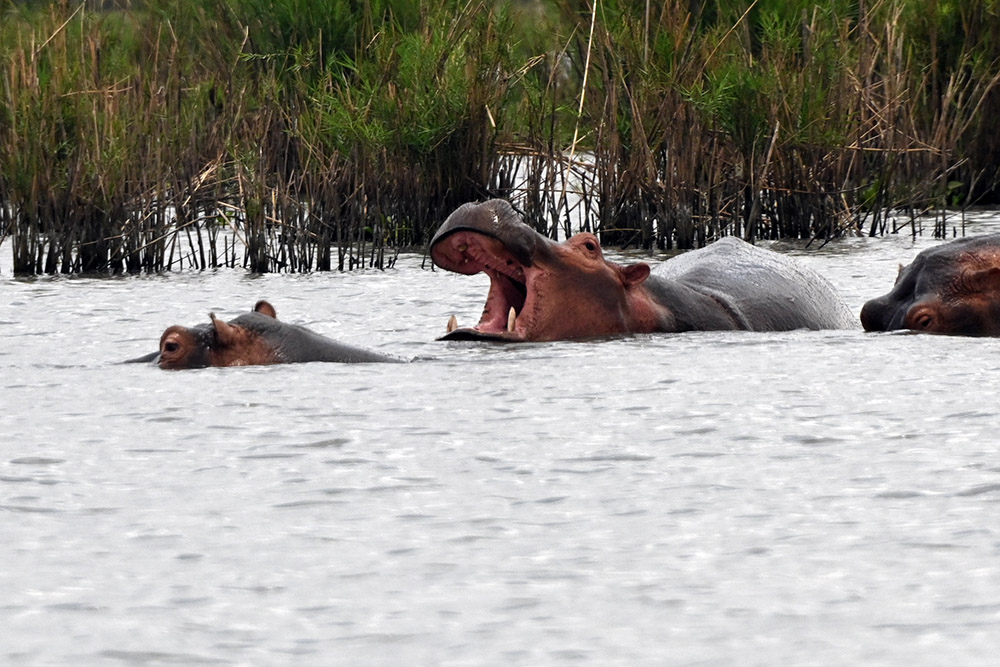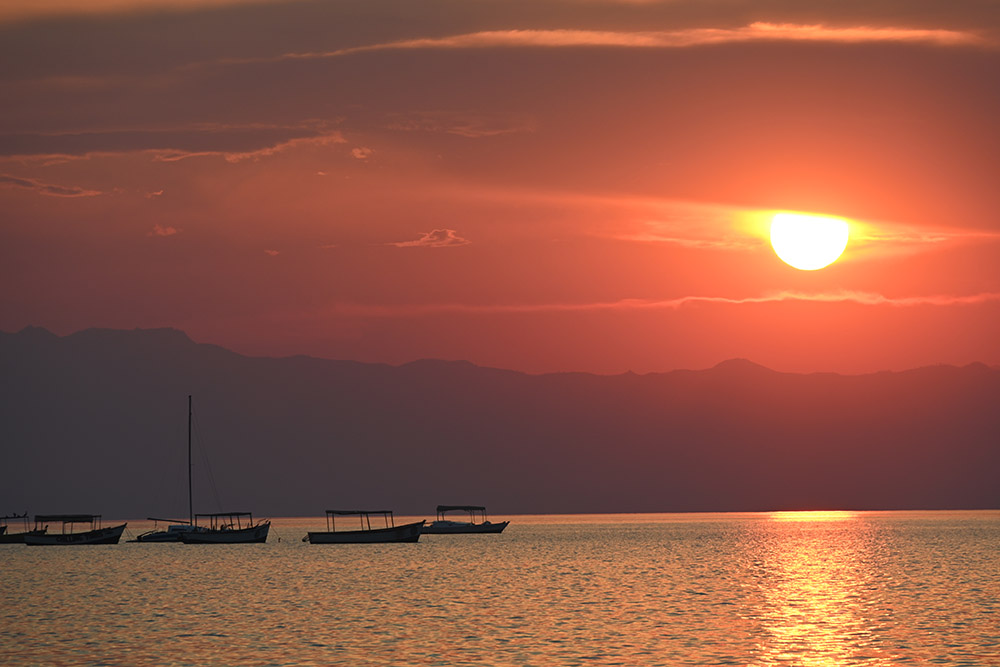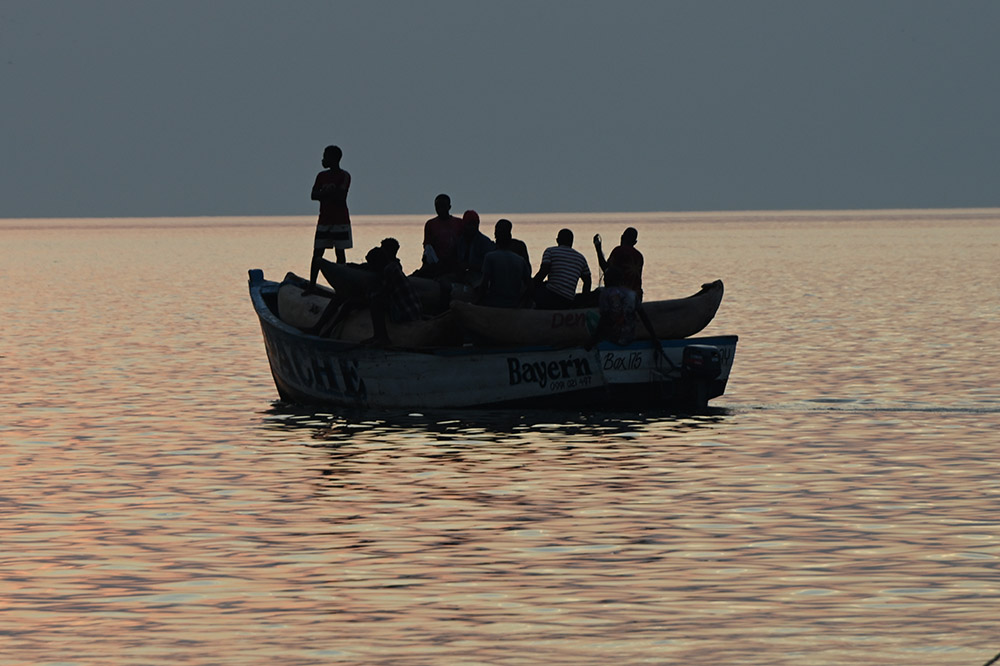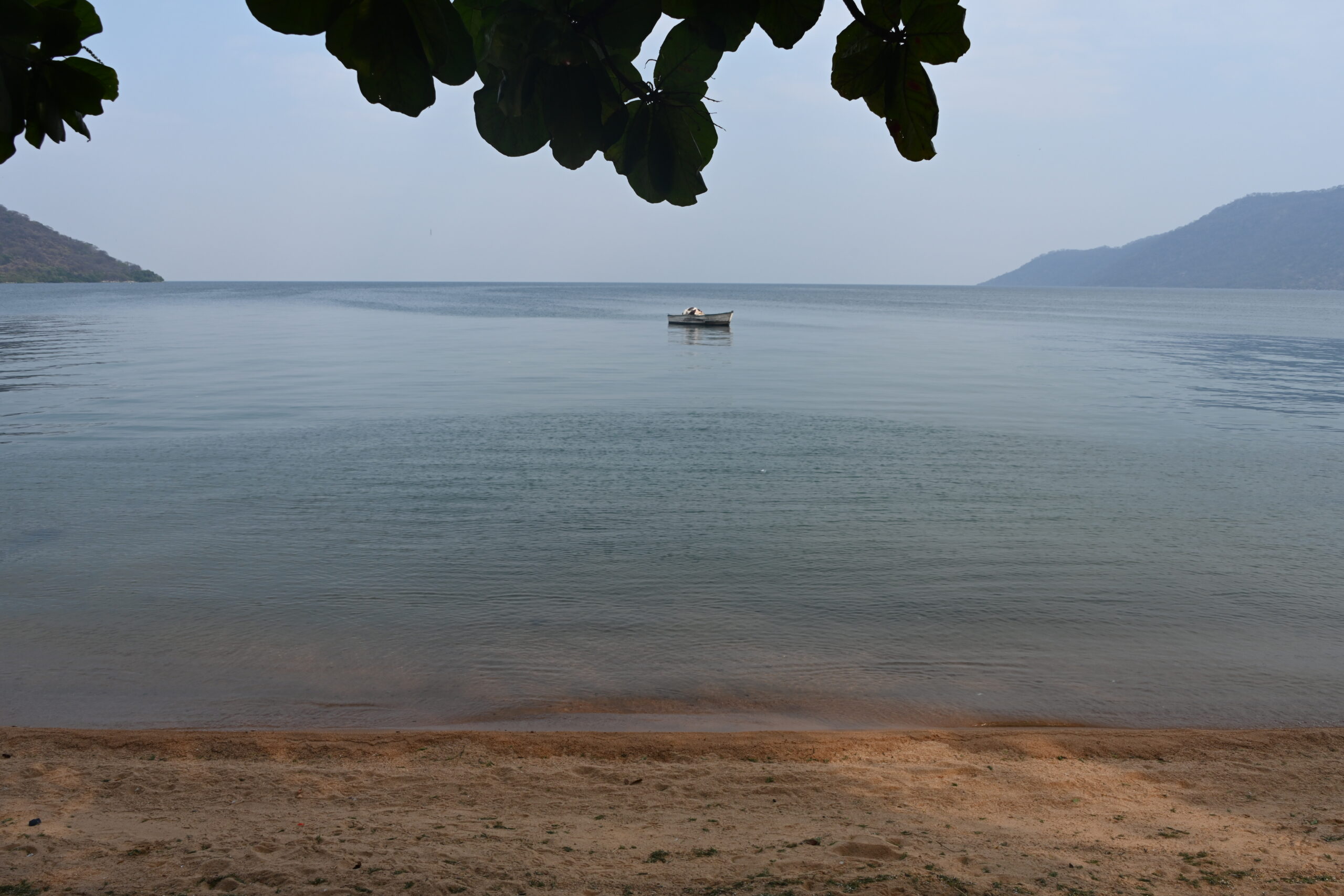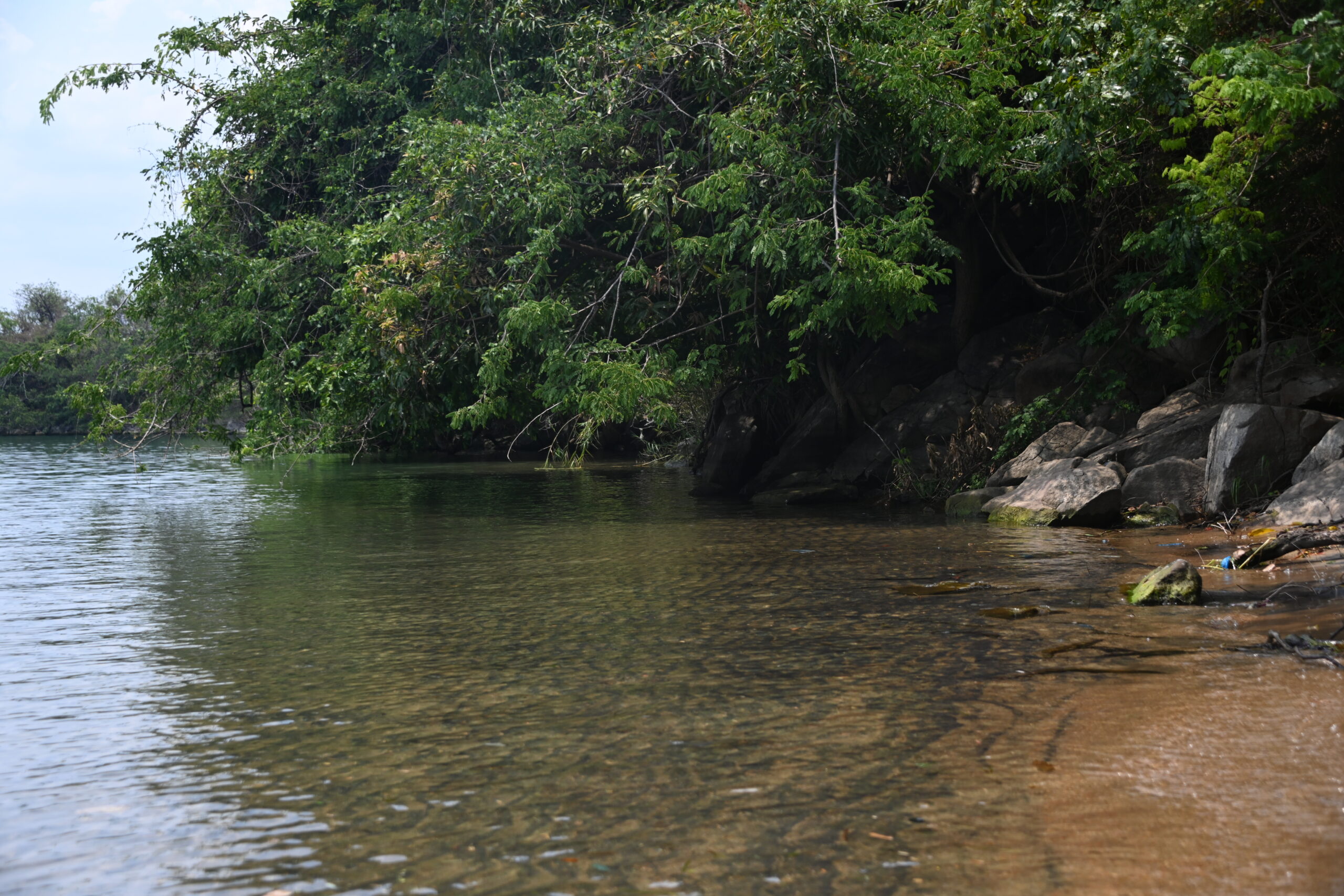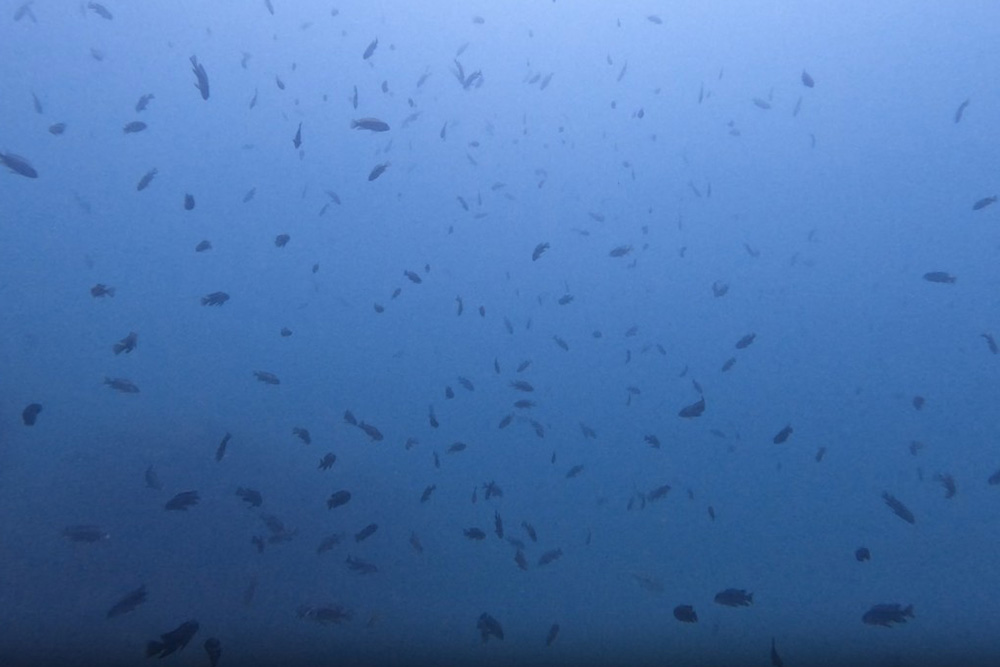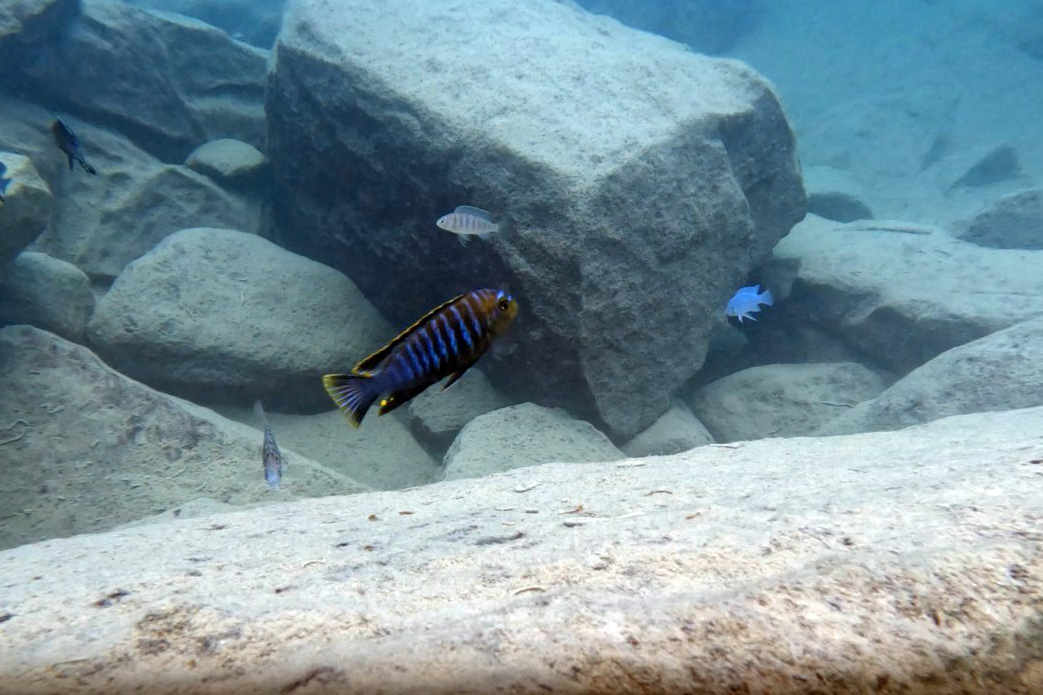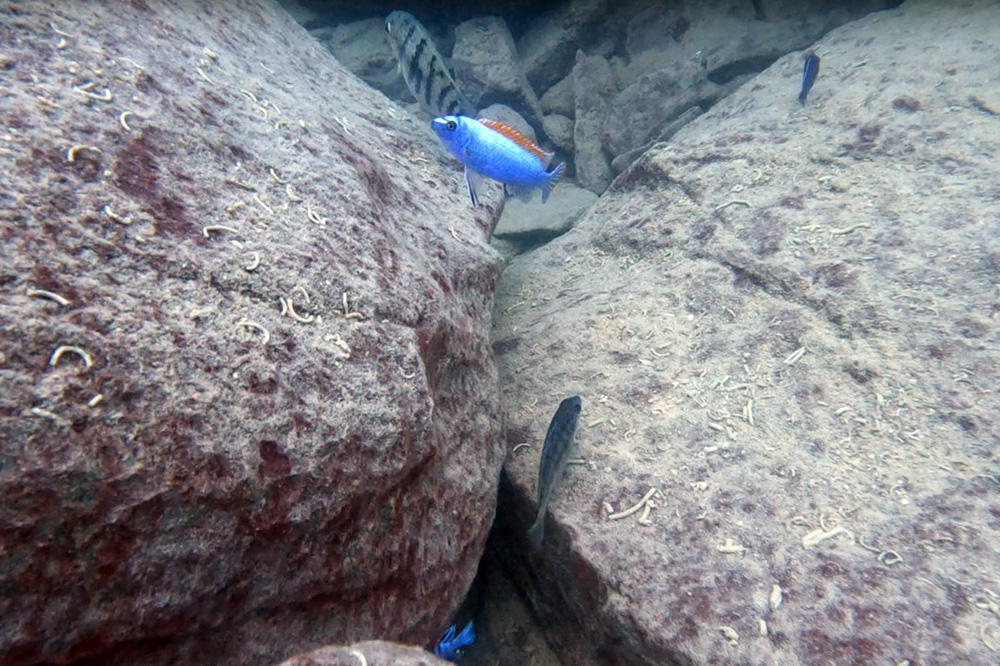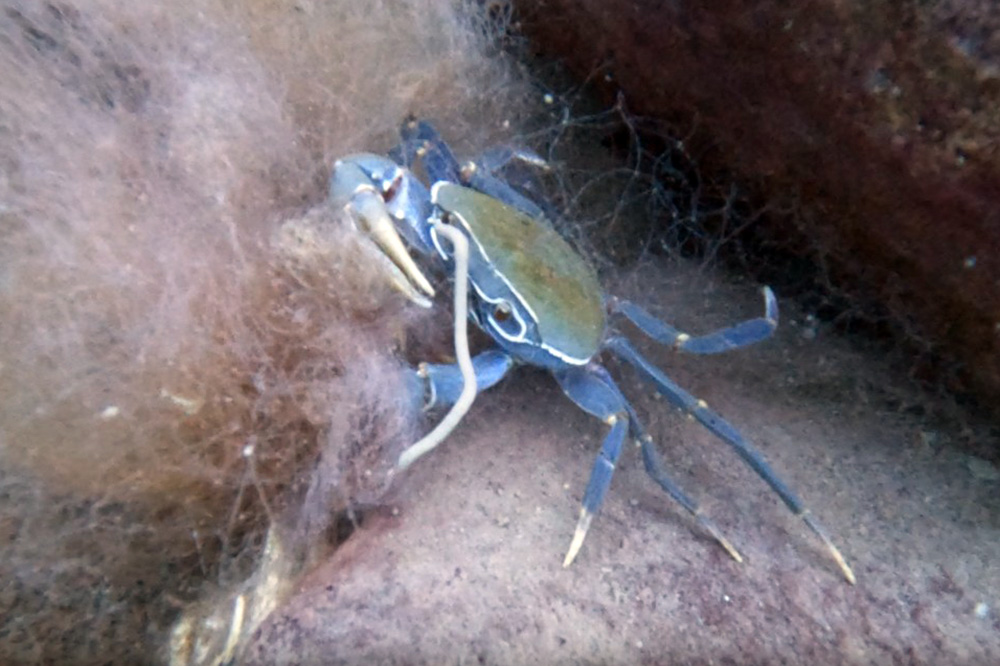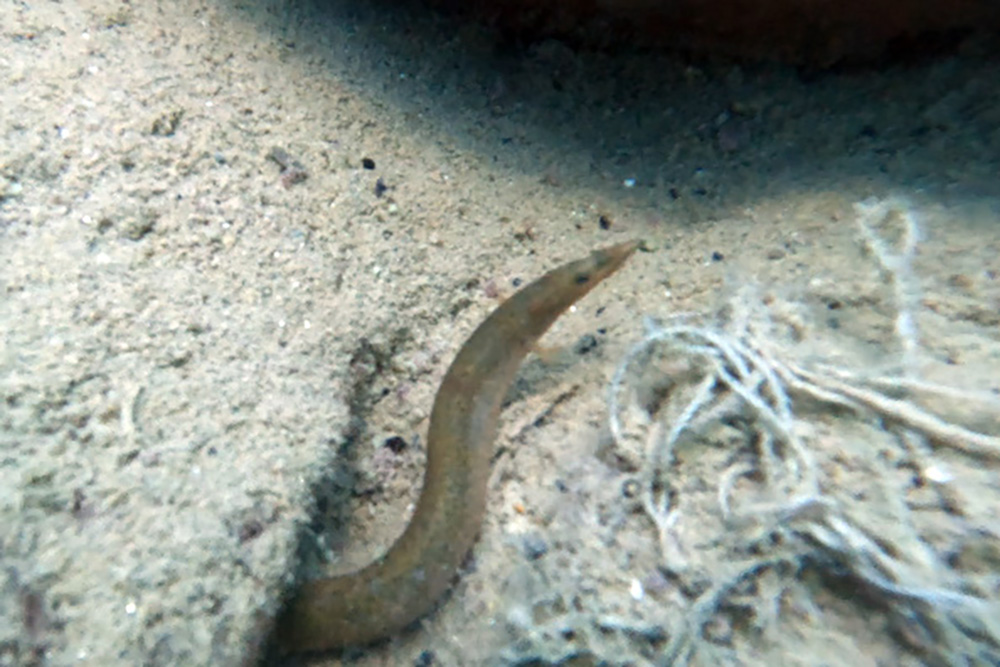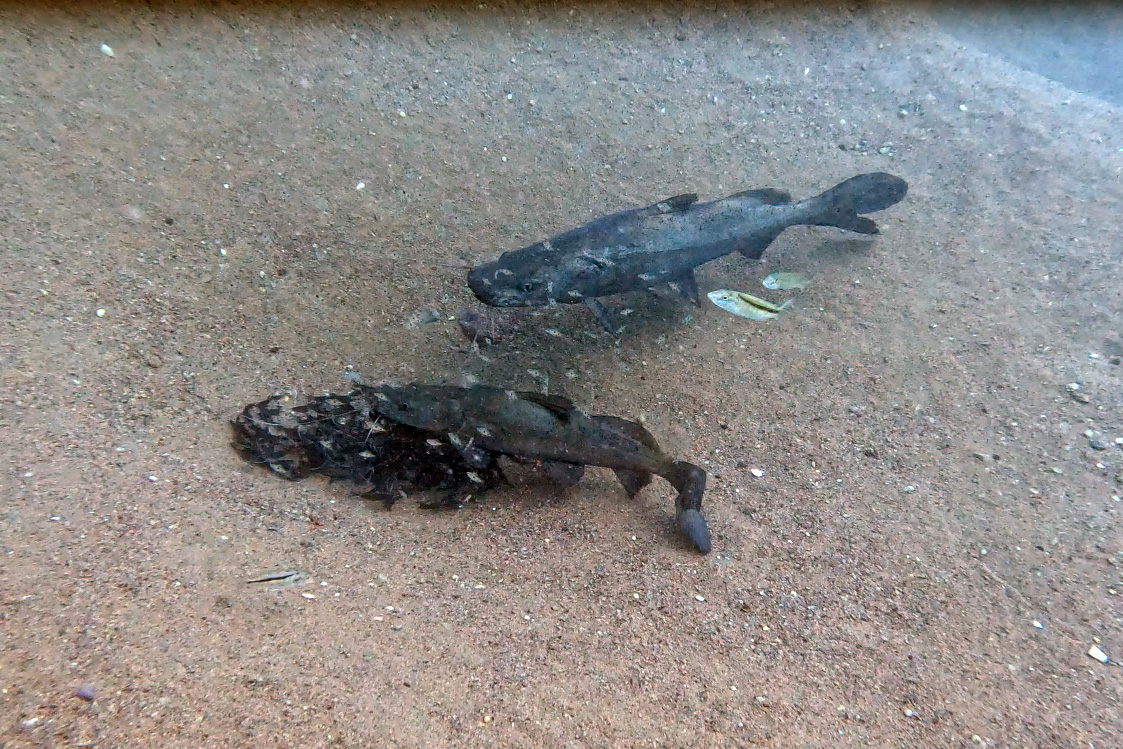Traveling in Malawi
In my opinion, Malawi is one of the best and most overlooked destinations in Africa. Known as the “Warm Heart of Africa,” its nickname comes from the genuine warmth and friendliness of its people. This safe and inviting country offers a wealth of experiences, from vibrant tribes, breathtaking mountains that tower over the savannah and are even high enough to see snow on rare occasions. Its crown jewel is Lake Malawi, a vast freshwater lake teeming with more fish species than any other lake on Earth!
I did have some great experiences in Malawi’s second largest city of Blantyre, but as my heart is always focused on culture and the outdoors I took few pictures there, and immediately set out for small villages where I got to experience the Tchopa dance. The Tchopa dance is performed by the Lomwe people of southeastern Malawi and Mozambique. This communal celebration is traditionally associated with rituals to honor ancestors or mark significant events such as a harvest or wedding. Dancers often wear colorful attire and move in sync with the pulsating beats, creating an energetic spectacle.
Something I especially liked about the Tchopa dance was that everyone in the village participated, from younger kids to older men and women!
During the Tchopa dance, talismans play a significant role, embodying spiritual protection and ancestral connection. These sacred objects often include beads, feathers, animal skins, and intricately carved wooden charms, and even everyday modern objects. While some might not like the dead kitty dance, animal skins and bones signify strength and resilience, connecting the dancers to the natural world.
After the tribal ceremonies I spent most of my time in Malawi’s mountains and lakes. Malawi is home to one of the most unique mountains in Africa, the Mulangje Massive, which rises nearly 10,000 feet (3,000 meters) over the surrounding plains, offering much cooler temperatures than the rest of the country, and unique flora and fauna. A popular hike will take you to the Likhubula waterfall, easily accessible in a few hours on a steep trail. On my continued hike to the summit, I captured this photo below that shows a plateau at nearly 7,000 feet (2,000 meters).
The hike to the top of Malawi typically takes three days, but feeling exceptionally motivated I made an unplanned summit on the first day. The total elevation gain was nearly 9,000 feet (2,600 meters), by far the most I’ve ever done in a single day! We planned to stop at the mountain huts, but once there I wanted to continue to see the sunset. Most of the hike is on a steep trail, but the final hours will take you up a scramble as you near the roof of Malawi.
As a reward for such a long day, we reached the summit just as the sun was setting, showing one of the most beautiful sunsets I’d ever seen!
From the mountains my next destination was the lush floodplains of the Shire River. Here you can find the Liwonde National Park, teeming with hippos, crocodiles, and a variety of bird species. It is home to a thriving population of elephants, as well as lions, leopards, and antelope species like kudu and impala. Liwonde’s rich biodiversity and conservation efforts make it a must see destination for anyone interested in a safari. I spent the night in one of their lodges, already seeing wildlife right outside my room, such as this Vervant monkey above and baboon below.
The impala is one of the most common species to see on any safari in southern Africa. Impalas are known for their striking facial markings and large, attentive ears, which help them detect predators in their savannah and woodland habitats. Highly social, they often form herds for protection and are a vital prey species for predators like lions and leopards. The much larger antelope below is the kudu, easily recognizable by its spiraled horns and white body stripes that provide camouflage in the bush. Kudus are among the largest antelopes and are typically found near water sources in woodland and savannah areas.
I’m not completely confident of this species, but the photo above seems to be a brown snake eagle. The image below looks it could be a different species, maybe an African hawk eagle or something similar. Both are expert hunters, often feeding on snakes and small mammals. The brown snake eagle has a wingspan reaching up to 5 feet, they are built for soaring over open savannahs and forests, using their sharp vision to spot prey from great heights.
The great thing about Lilwonde is while you can do a tradtional safari, they also have boat safaris. While passing through the reeds, we spotted this African jacana, with its characteristic chestnut body and bright blue frontal shield. Known as ‘lily-trotters,’ these birds are often spotted delicately walking across floating vegetation. Below is the blue-eared Starling, its metallic blue catches the light, while its bright yellow eyes stand out vividly.
Another bird in the wetlands is the African Darter, often referred to as the ‘snakebird’ due to its long, sinuous neck. These agile fish hunters are a common sight along the waterways, where they dive beneath the surface in search of prey.
During the boat tour, we were told the challenge that locals face from being unable to fish in the protected waters of the Shire river. These fishermen were just outside the borders of the park, where it’s legal to catch whatever they’d like. We were also told that some of the fishermen will occasionally go deeper into the park to fish illegally, and occasionally get snatched up by animals like this Nil crocodile. As one of Africa’s largest reptiles, this one is quite small since some Nile crocodile can grow up to over 20 feet / six meters in length! Their powerful jaws and remarkable speed both in water and on land make it an efficient hunter, preying on fish, birds, and even large mammals, and a huge danger to humans who get too close.
My highlight to Liwonde was coming across these African elephants marching single file through the Savannah. Above shows a bull elephant, with its large ears and characteristic tusks adapted for foraging and self-defense. The second image below shows a display of dominance and social interaction as two bulls engage in a spirited water duel, likely part of establishing hierarchy. Apart from elephants the most majestic animal here would be the rhinos. They were once hunted to extinction in Liwonde, but were later reintroduced. As their numbers remain small, one would have to be extremely lucky to spot one!
The highlight of a boat safari is coming across a pod of hippos, some of the most dangerous animals in Africa, despite their seemingly docile appearance! They are highly territorial and protective of their pods and can weigh up to 3,000 kilograms! They spend much of their time submerged, which helps them stay cool under the African sun. In the second image, a hippo opens its massive jaws in a display that could signify dominance or a warning to nearby rivals.
After my wildlife adventure I made it to Lake Malawi, for my second amazing sunset of the trip. The colors in this photo were not enhanced in anyway! The lake is somethings known locally as “Lake of Stars” due to the shimmering reflections of lanterns from fishing boats at night, Lake Malawi is one of the largest and most biodiverse freshwater lakes in the world. Its calm expanse, framed by distant mountain ranges, makes it a haven for relaxation and a prime spot for witnessing nature’s splendor in Malawi.
Lake Malawi’s shoreline varies from sandy beaches that you’d find on the ocean to lush vegetation that stretches down into the water. Known as one of Africa’s Great Lakes, Lake Malawi is a UNESCO World Heritage Site and home to hundreds of endemic fish species, making it a global hotspot for aquatic life. The water is warm and clear, and you’ll feel like you’re on any tropical beach around the world.
One of my most exciting and unique adventures on this trip was diving in Lake Malawi! A scuba dive here is often compared to diving in a freshwater aquarium, and I have to say that’s a perfectly accurate description. As one of the top ten largest lakes in the world, there are countless places you could scuba dive, but the southern areas of the lake are the best, in terms of temperatures, variety of wildlife, and ease of access. The photo above shows a large school of fish I saw during my first dive.
These photos are still shots taken from my gopro video, and do not do any justice. I clearly need to invest in a diving camera! While I could post a hundred shots of everything I saw, here are just two examples of some of the unique fish I came across. Lake Malawi is known for having hundreds of exotic fish that live no where else in the world than here. I’m not sure of either species in these two photos, but I nicknamed this guy below the mohawk fish.
I was lucky to come across several crabs and eels on this dive. Normally such wildlife would be expected on any ocean dive, but for me it was unexpected in an inland lake so far from the coast.
Now for my highlight of my scuba dive – coming across a nesting pair of critically endangered catfish! Locally known as kampangos, these catfish have lost 90% of their population in just a decade from 2006 to 2016, mostly from overfishing. They are native to Lake Malawi in East Africa, and are the largest predatory fish in the lake, growing up to five feet in length. They are unique compared to other fish, as both parents guard their nests and eggs until their offspring are large enough to take care of themselves.
